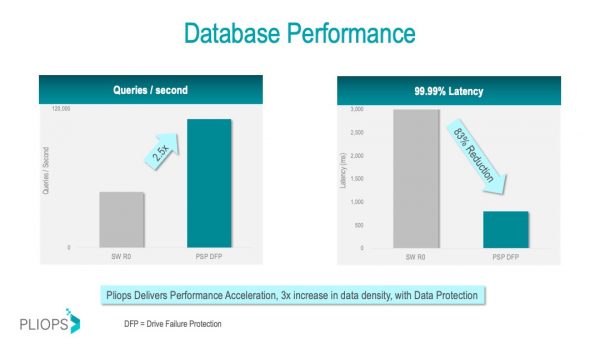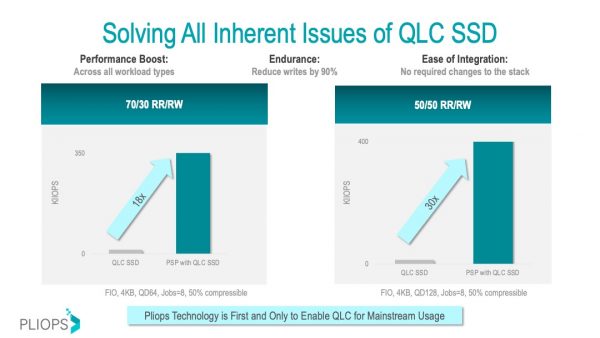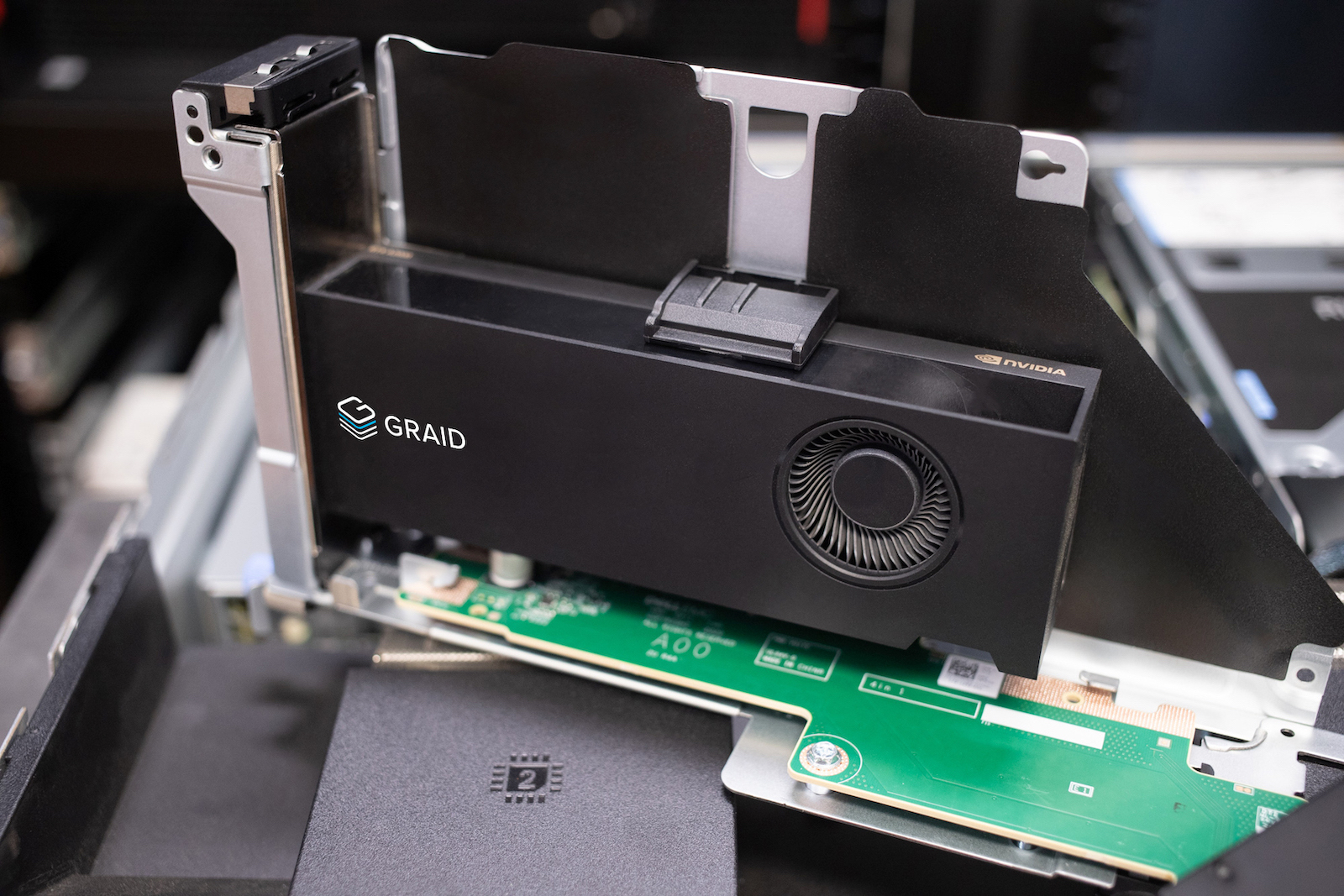In the first two posts of this series, Unleashing the Power of SSDs and How Do You Solve a Problem Like SSD Bottlenecks?, we discussed the challenges enterprises face when processing large amounts of data at a high speed and how it is overwhelming our CPUs. We also discussed how the cost of addressing it for ever-diminishing returns is a significant problem.
The question is, is it a problem worth solving? And can it be solved in a way that is realistic for the “average” enterprise?
A Problem Worth Solving?
The answer for those who demand that kind of system performance is a resounding yes. However, addressing it with endless spending is not sustainable. For some companies, this will hamper innovation and competitiveness in the long term. It is a problem to be solved, we just need to find a realistic way of doing it.
Providing an Answer?
Throughout these posts, I have referenced a possible solution to these challenges with the use of storage processing cards. What I would like to do with the rest of this post is provide a little more detail on how these processor cards can help. For this example, we are going to focus on the approach of a new-to-the-market vendor, Pliops, and examine why it may be the right solution to your SSD performance headache.
How?
Pliops have developed their Storage Processor (PSP) as an add-in card that can be installed in any server and is designed to deliver in four core areas: performance, capacity expansion, data protection, and endurance.

These areas of focus are crucial to solving the main SSD challenges we see:
- The unbalanced server, Where SSD performance is not matched by CPU capabilities.
- Data amplification, where data management at the application level generates increasing reads, writes, for the amount of data we are storing.
- Reliability, as increasing numbers of high-performance disks are causing reliability headaches and traditional disk resilience models are not suitable for our SSD estate.

The beauty of the add-in board for block storage is clear. It can go in any server and without modification to the operating system or application, so the system can offload those CPU-impacting storage workloads.
While the performance increases are impressive as shown in this diagram, it is not just about performance. The modern business does not only demand performance, it needs its infrastructure to be cost-effective, efficient, and resilient, all while showing strong returns on investment.
This is where Pliops is an intriguing proposition because it does not just deliver performance. We get resilience with the PSP offering multi-disk failure protection, ultra-fast rebuild times, and enhanced protection of all data and metadata.
Alongside smarter data protection, we are also getting enterprise-class storage efficiencies via thin provisioning and compression. This allows us to reduce amplified data sets into much more manageable chunks. This means we are squeezing more data into a smaller amount of disks, which greatly reduces the SSD cost burden.
More Performance, Less Money
A constant mantra for the modern enterprise is that they need everything faster and cheaper. How do we do that in this world of high-performance data demands?

That is a dilemma: we could spend more on the latest disk memory technology, but we still hit the CPU or cost buffer. This is where the PSP approach delivers significant enterprise benefits. As this graphic shows, it massively outperforms the current software approach for QLC disks. Better performance and lower cost: the enterprise dream ticket!

A Way to Solve the Problem?
At the start of this post, the question we asked was: could we solve the performance issue in an effective and affordable way?
Pliops’ approach gives us a chance by addressing core performance issues in a straightforward way at the cost of an add-in card. As we said in part one of this series, if you want to unleash your SSDs, then read on. Hopefully, this series exploring the challenges and solutions alongside a vendor who can help will allow you to do just that.
You can find out more about Pliops on their website!




